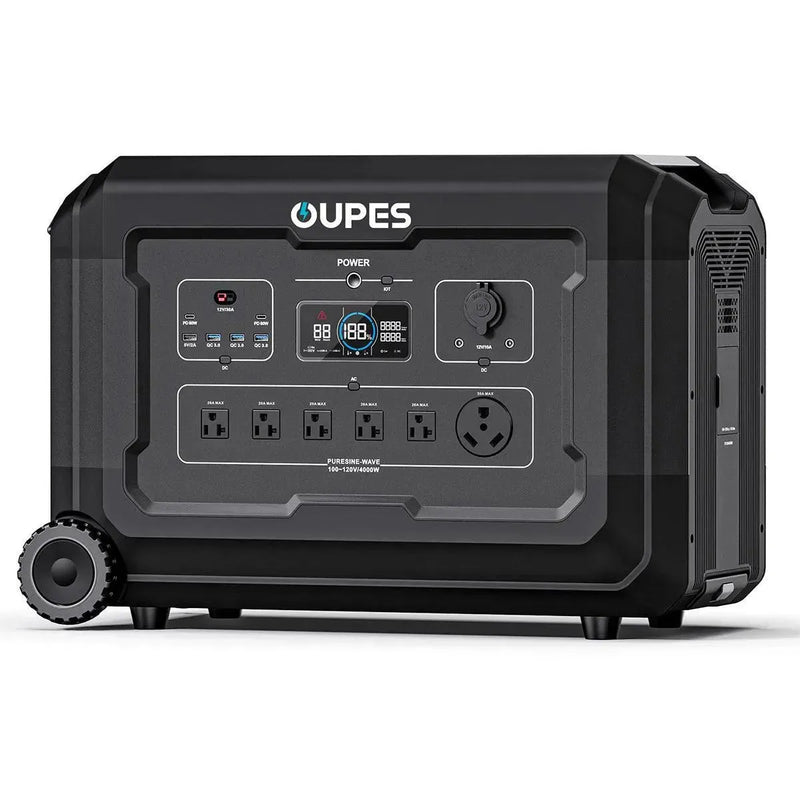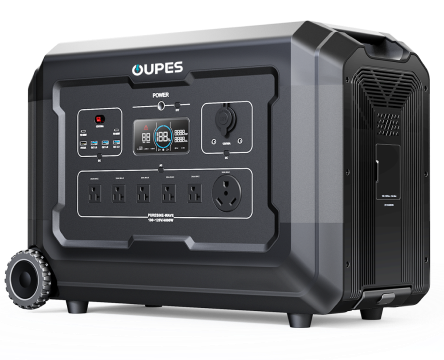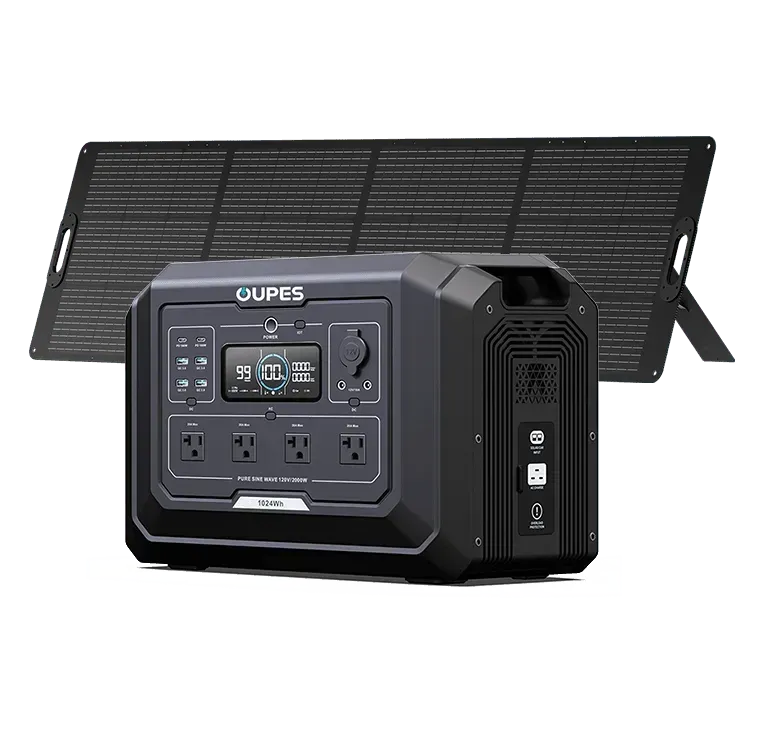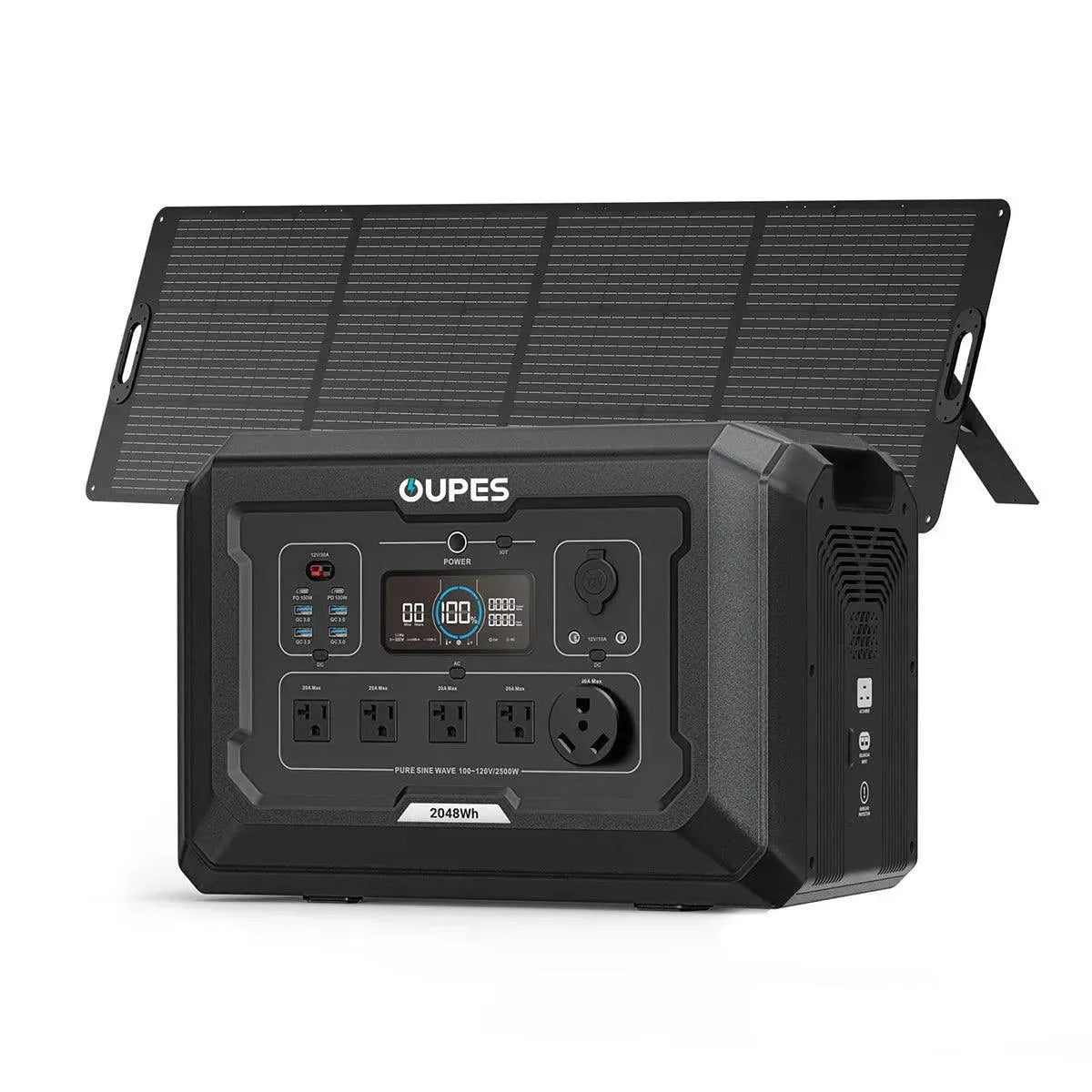
The image of pristine solar panels glistening under a blanket of snow often raises a fundamental question for potential and current solar homeowners: Do solar panels generate electricity when covered with snow? The answer, while seemingly straightforward, has nuances. In essence, for solar panels to produce electricity, they need sunlight. Therefore, any significant obstruction, including snow, will inevitably impact their performance. However, the degree of impact and the strategies for mitigating it are important to understand.
The Fundamental Principle: Sunlight is Key
Solar photovoltaic (PV) panels convert sunlight directly into electricity. This process relies on photons (light particles) hitting the semiconductor materials within the solar cells. If snow covers the panel's surface, it acts as a physical barrier, blocking the sunlight from reaching these cells. Consequently, if panels are completely opaque with snow, their electricity generation will drop to near zero. It's akin to turning off the lights in a room – without light, there's no power production.
Degrees of Snow Cover and Their Impact
The effect of snow on solar panel output isn't always an all-or-nothing situation. The impact varies significantly based on the amount and type of snow:
- Light Dusting/Thin Layer: A very light dusting of powdery snow may allow some sunlight to penetrate or scatter through, leading to minimal power generation. Wind can also easily blow off a thin layer, quickly restoring full production.
- Partial Coverage: If only a portion of the panel is covered, the exposed sections can still generate electricity. However, even partial shading, especially across an entire row of cells, can disproportionately reduce output for the whole panel or even a string of panels, due to how solar panels are wired in series.
- Heavy, Opaque Snow Cover: A thick, dense layer of snow that completely obscures the panel surface will effectively halt electricity production. In such cases, the output will be negligible or zero until the snow is cleared or melts.
- Melting Snow: As temperatures rise or the sun's intensity increases, snow will begin to melt. Even if only a small strip of the panel becomes exposed, some electricity generation can resume, often increasing as more of the panel clears.
Factors That Help Shed Snow and Maintain Production
While snow is a hindrance, several factors inherent in solar panel design and installation help to minimize its long-term impact:
- Panel Angle (Tilt): Solar panels are almost always installed at an angle, typically optimized for year-round sun exposure in your region. This tilt also plays a crucial role in snow shedding. The steeper the angle, the easier it is for snow to slide off due to gravity. Many residential systems are installed at an angle sufficient for most snow to shed naturally.
- Dark Color and Heat Absorption: Solar panels are designed to absorb as much sunlight as possible, making them dark. This dark surface absorbs solar radiation, even on colder, sunny days, which slightly warms the panel. This warmth can help melt snow and ice, especially at the edges or where light penetrates through a thin layer. Even a small amount of sunlight hitting the panel can initiate this melting process.
- Smooth Surface: The glass surface of solar panels is very smooth, which helps snow and ice to slide off more easily compared to rougher textures.
- Albedo Effect (Snow Reflection): Counterintuitively, snow on the ground around your solar panels can actually *increase* production on clear, sunny winter days. The white snow acts as a reflective surface, bouncing additional sunlight onto the panels. This phenomenon, known as the albedo effect, can sometimes offset some of the production losses from shorter daylight hours in winter.
Winter Production: More Than Just Snow
It's important to remember that snow cover is only one factor contributing to reduced solar production in winter. Other significant factors include:
- Shorter Daylight Hours: The most significant reason for lower winter production is simply the reduced number of hours the sun is available each day.
- Lower Sun Angle: In winter, the sun is lower in the sky, meaning its rays hit the panels at a less direct angle, reducing the intensity of light received.
- Increased Cloud Cover: Many regions experience more frequent cloudy or stormy days in winter, which inherently reduces solar output even without snow.
Interestingly, solar panels actually perform more efficiently in colder temperatures. The photovoltaic process is more efficient at lower temperatures (up to a certain point) because cold reduces the electrical resistance within the cells. So, if your panels are clear of snow on a cold, sunny winter day, they can actually produce electricity more efficiently per hour than on a hot summer day.
Should You Remove Snow from Your Panels?
This is a common dilemma for solar owners in snowy climates:
- Safety First: Attempting to remove snow from a rooftop solar array can be dangerous due to slippery surfaces and heights. Always prioritize safety.
- Natural Shedding: For most residential systems, snow will naturally slide off or melt within a few days due to the panel's angle and heat absorption.
- Risk vs. Reward: For a light dusting, the production loss is minimal, and the risk of damaging panels or injuring yourself attempting removal is generally not worth it. For heavy, persistent snow, especially on a very sunny day, manually removing snow (safely, with proper tools like a solar panel rake from the ground) could be beneficial to regain significant production. However, consider the overall impact on your annual production; winter months are typically lower production months anyway.
- Warranty Considerations: Be aware that aggressive snow removal methods could potentially void your panel's warranty if damage occurs.
Conclusion
Solar panels do not generate significant electricity when completely covered with snow, as the snow blocks the necessary sunlight. However, they are designed to shed snow naturally due to their angle and dark, smooth surfaces, and they perform more efficiently in the cold. While heavy snow will temporarily reduce or halt production, the overall impact on annual energy yield in many snowy climates is less dramatic than one might assume, thanks to these shedding mechanisms and the potential for increased efficiency on clear, cold days. For maximum energy capture and peace of mind in snowy regions, professional installation with appropriate tilt angles is key, and homeowners should weigh the safety and benefit of manual snow removal on a case-by-case basis.




























